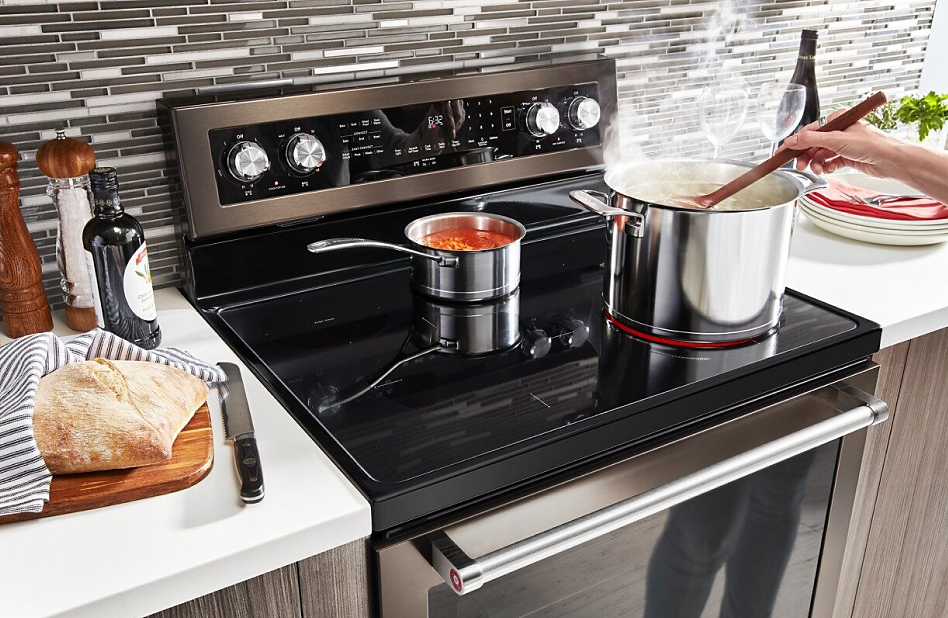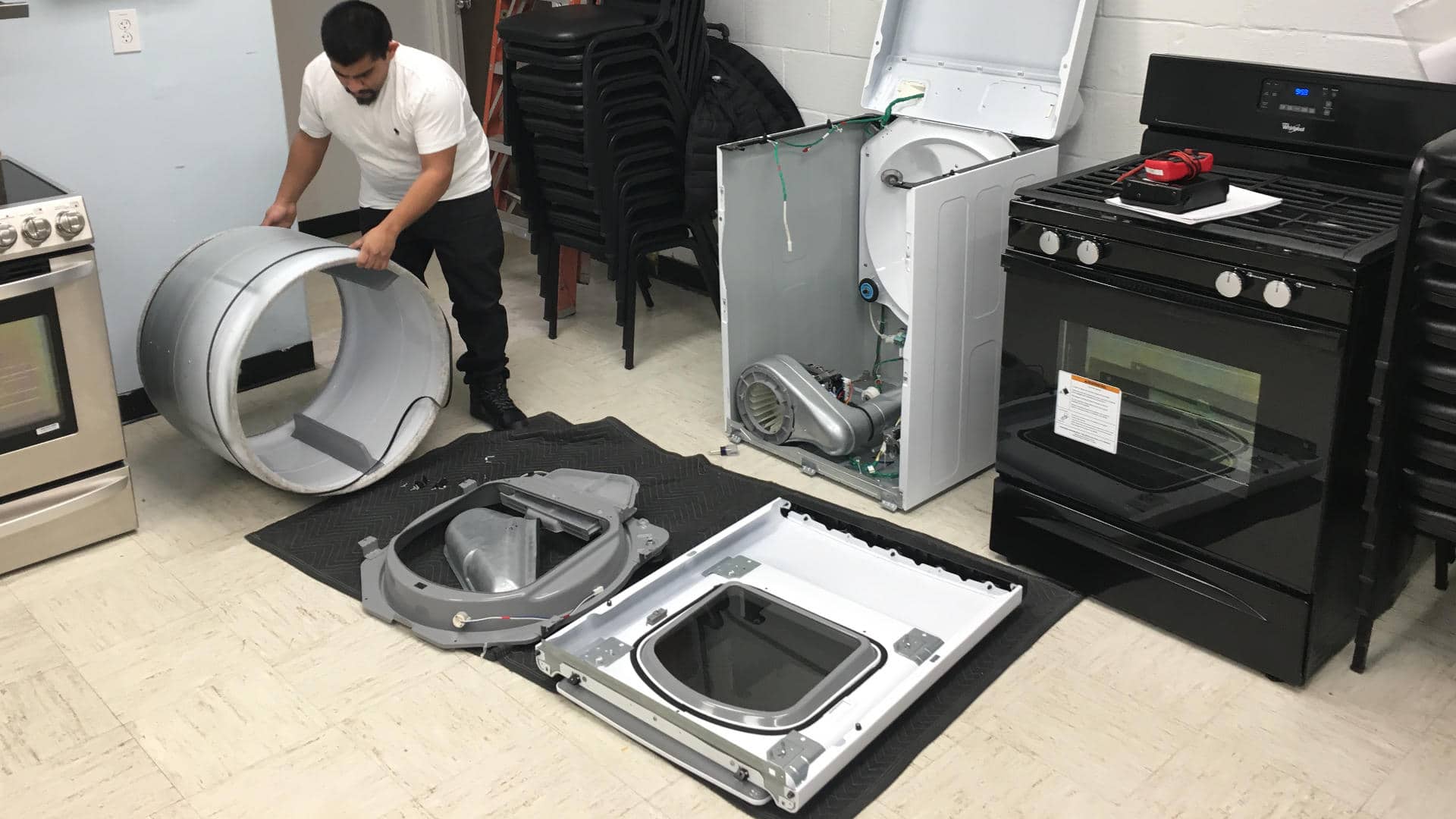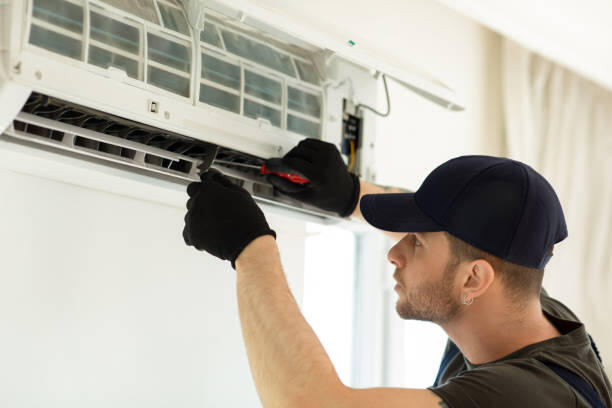If the Dishwasher Isn't Draining Water, What Should You Do?
Not draining dishwasher water is a problem that negatively affects our daily lives. This situation can lead to the accumulation of dirty water and the spread of unpleasant odors. However, don't worry; in most cases, these issues can be resolved at home. The first step is to accurately identify the source of the problem and then focus on basic maintenance steps. Regularly checking the filters, examining the drainage hose, and inspecting the water pump are fundamental steps in dealing with dishwasher drainage issues. This blog will guide you with step-by-step solutions and preventive maintenance tips. Now is the time to take steps to improve the draining performance of your dishwasher!
Identifying the Problem and Understanding the Symptoms
If the dishwasher is not draining water, accurately identifying the source of the problem is crucial. First, review the normal operation of the machine. If the dishwasher fails to drain water after completing a full cycle, take a few steps to understand the root of the issue. Check if there is accumulated water at the base of the machine. Additionally, have you noticed any significant changes or noises in the machine's performance? Understanding these symptoms will assist in resolving the problem more quickly and effectively.
It's important to note that drainage issues often stem from simple causes such as clogged filters or blocked drainage systems. Therefore, the initial step is to check for any water accumulation outside the machine. If there is a pool of water, it may indicate that the machine is unable to fully drain. Also, pay attention to whether the dishes remain wet after the last cycle. If the dishes are not drying, it further confirms the drainage issue.
By accurately describing these symptoms, you can then focus on the solution steps below and implement appropriate measures to enhance the dishwasher's drainage performance.
Checking and Cleaning the Filters
If the dishwasher is not draining water, the root of the problem is often found in the filters. Filters assist in cleaning the water but can become clogged over time with food debris and grime. Regularly checking the filters is a critical step in improving the dishwasher's water drainage performance. First, remove the filters and visually inspect for any blockages. Then, clean the filters using a brush or a stiff sponge. Clean filters will help the water to be drained more effectively.
Drain Hose Issues and Solutions
Another common cause of dishwasher drainage problems is issues with the drain hose, such as breakage, bending, or clogging. Examine the hose and check for any physical damage. Additionally, remove the hose to inspect its interior for blockages. If there is a blockage, attempt to clear it using a wire or a hose cleaning device. Ensure that the hose is properly connected. These steps allow for resolving drain hose issues, enabling smooth water drainage.
Siphon Cleaning and Its Importance
The siphon located beneath the dishwasher plays a critical role in water drainage. If the siphon is clogged or dirty, drainage problems can arise. For siphon cleaning, first, disconnect the dishwasher from the power. Then, remove the siphon and clean it using a brush or a hose cleaning device. A clean siphon ensures more effective water drainage.
Checking and Replacing the Water Pump
Another potential issue leading to dishwasher drainage problems is a malfunctioning water pump. To check if the water pump is working correctly, open the machine and observe the water drainage function. If you notice any noise, strain, or imbalance in the pump, it may need to be replaced. Refer to the user manual for instructions on replacing the water pump or contact a professional technician.
Process of Seeking Professional Help
If the dishwasher's drainage issues cannot be resolved through simple interventions at home, the process of seeking professional help may become necessary. In such cases, the experience and knowledge of a professional technician can quickly identify the root cause of the problem and provide lasting solutions.
Before seeking professional help, it is essential to check if the dishwasher is still under warranty. If the warranty is still valid, you can obtain free support from service points designated by the manufacturer.
If the warranty has expired or the issue is not covered by the warranty, you can proceed with the process of finding a technician. The first step is to find a reliable technical service provider. You can gather insights from people around you, user reviews, or various online platforms.
When selecting a technical service provider, it is crucial to consider factors such as experience, references, license, and insurance status. A reliable technician can offer comprehensive solutions to the dishwasher's drainage issues and prevent potential problems in the future.
A professional technician typically begins by thoroughly examining the dishwasher, identifying the cause of the problem by inspecting electronic components, mechanical parts, and the drainage system. They then proceed to perform the necessary repairs.
One advantage of seeking professional help is that the expertise and equipment of the technician enable effective solutions to more complex problems. Additionally, repairs carried out by a technician are often covered by warranties, providing users protection against potential recurrent issues.
In conclusion, if drainage problems in the dishwasher cannot be resolved through simple home interventions, seeking professional help may be the most suitable option. A skilled technician can identify the root cause and provide lasting solutions, ensuring the dishwasher's longevity and effective performance.
Preventive Tips and Recommendations
As important as addressing dishwasher drainage issues is taking preventive measures to avoid such problems. These measures not only contribute to the dishwasher's longevity but also enhance its overall performance. Here are effective preventive tips to minimize the occurrence of drainage issues and ensure optimal dishwasher functionality:
Regularly Check and Clean Filters:
Filters play a crucial role in water purification within the dishwasher. However, over time, they can accumulate food particles and grime, leading to blockages. Regularly checking and cleaning the filters is a critical step in improving water drainage performance.
Inspect the Drainage Hose
Proper functioning of the drainage hose is essential for efficient water disposal. Regularly inspect the hose for any signs of breakage, bending, or blockage. Remove the hose to check for interior obstructions, and use a wire or hose cleaning device to clear any blockages. Ensure the hose is correctly connected.
Develop Proper Dishwasher Usage Habits:
Adopting correct dishwasher usage practices is fundamental in preventing drainage issues. Avoid excessive use of detergent and ensure dishes are placed evenly. Proper loading and care contribute to effective water drainage.
Regularly Clean the Siphon:
The siphon, located beneath the dishwasher, plays a vital role in water drainage. Regularly disconnect the dishwasher from power and clean the siphon using a brush or hose cleaning device. Keeping the siphon clean ensures optimal water drainage.
Check and Maintain the Water Pump:
The water pump is a critical component in the drainage process. Periodically open the machine, observe the water drainage function, and listen for any unusual sounds or imbalances. If issues are detected, consult the user manual for guidance on water pump maintenance or replacement.
Review Electrical Connections:
Electrical problems can contribute to drainage issues. Open the back of the dishwasher to inspect electrical connections and examine connection points. If loose, broken, or burnt connections are observed, addressing these issues may resolve the problem. For electrical concerns, it is advisable to seek professional assistance.
Avoid Using Low-Temperature Water:
Using low-temperature water can impede the dishwasher's ability to clean grease and residue effectively. Opt for higher water temperatures to enhance cleaning efficiency and prevent drainage problems.
Follow Manufacturer's Instructions:
Adhering to the manufacturer's instructions in the user manual is crucial for proper dishwasher operation. Following recommended guidelines contributes to the appliance's longevity and optimum performance.
By incorporating these preventive measures into your routine, you can minimize the likelihood of dishwasher drainage issues, promote efficient water drainage, and ensure the appliance's prolonged functionality.
Reviewing Electrical Connections
Electrical problems can contribute to dishwasher drainage issues. Open the back of the dishwasher to inspect the electrical connections and examine the connection points. If you observe any loose, broken, or burnt connections, you may have identified the source of the problem. Addressing electrical issues typically requires expertise, so contacting a technician is advisable for serious problems.






